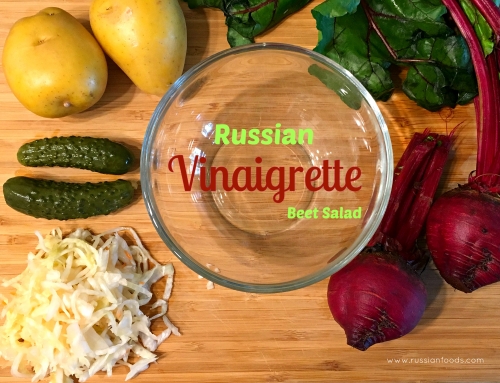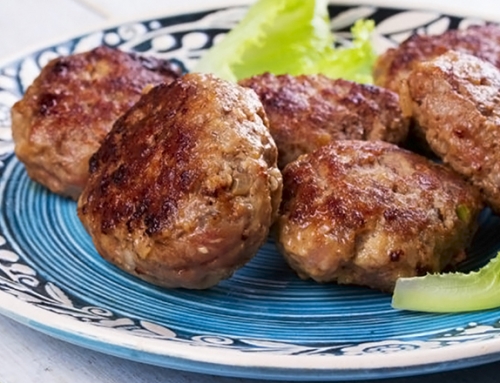Did you know there is a National Caviar Day? Neither did we. (Then again, in the nether-sphere of the internet there seems to be a national day for just about everything.)
So what about caviar– what is it exactly? Where does it come from? And how come Russian caviar is so expensive? In honor of National Caviar Day we bring you the roe-down on these fancy fish eggs.
What is Caviar?
Caviar is fish roe or eggs that have been cured in salted brine. Authentic caviar refers to the roe from wild sturgeon, a fish that is native to the fresh waters of Caspian and Black Sea. The three main types of sturgeon that produce caviar are beluga, sevruga and osetra.
While you can find a number of fish egg products labeled caviar, including salmon roe (ikura), real caviar comes in the form of tiny pearly black fish eggs from sturgeon. It’s like calling a sparkling wine from Italy, Champagne!
What’s so special about caviar?
Before oysters, truffles and Champagne there was caviar. Considered a rare delicacy, caviar was coveted by kings, tzars and every other imaginable aristocracy. From ancient Rome to modern Russia, splurging on caviar was a matter of luxury, status, and good taste.
More than just fantastic flavor, caviar is known to contain vital minerals like zinc and vitamins A, C and E -famous for their immune-boosting effects.
Why is Russian caviar so expensive?
Known as ‘black gold’, beluga sourced caviar is the most expensive in the world. Russian fishermen have been harvesting sturgeon caviar in the Caspian Sea for centuries. High demand and even higher profits have resulted in overfishing and poaching of the species, despite a robust 118 year life cycle of the fish. This prompted many governments to restrict trade. In the United States, sales of beluga caviar have been illegal since 2005.
Average prices for sevruga caviar can be as high as $5,800 for one kilo (2.2lbs). Osetra caviar is even more expensive, coming in at a cool $12,500 per kilo.
If you’re looking to add some caviar royalty your next soirée, consider black caviar “Malosol” Derived from paddle fish, a close cousin of the sturgeon, the caviar is a salty burst of wonderfulness when served on a petit-four toast or with blini.






